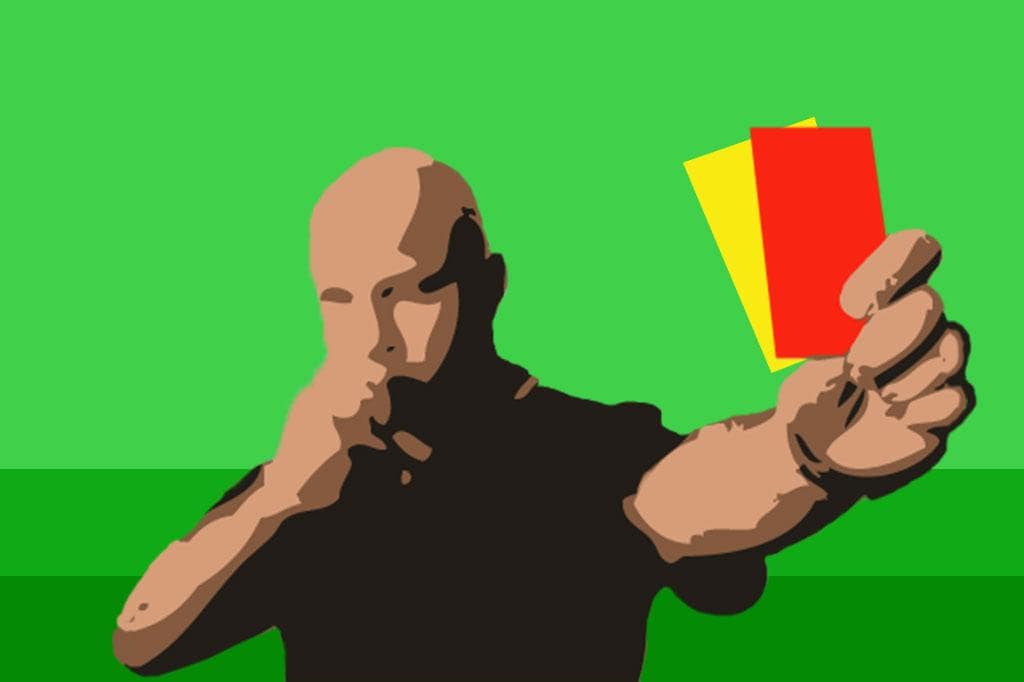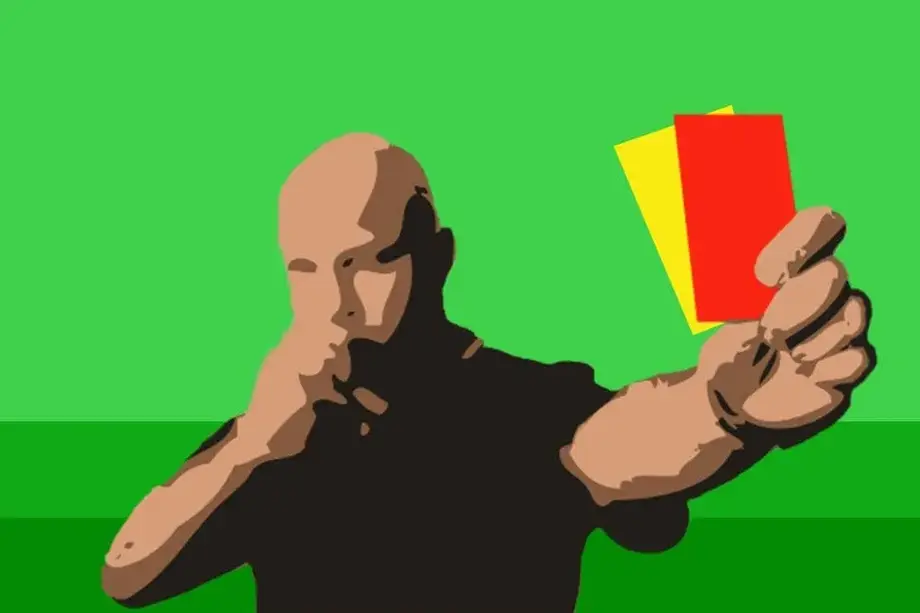ALL NEW FOOTBALL RULES 2019
The International Football Association Board (IFAB) held its 133rd Annual General Meeting in Aberdeen, Scotland and discussed the 2019 Football Rules changes. The meeting was attended by representatives from FIFA. Discussions on the new 2019 Football Laws were in various areas aimed at improving the rules for the benefit of Football, as well as an evaluation of the use of video refereeing (VARs).
The new rules officially went into effect as of June 1, 2019 worldwide.
1 – ABOUT BALL IN HAND
About the “Ball in the Hand”, i.e. that involuntary hand touch, it will no longer be allowed in the following cases:
-
When you interrupt an assist, i.e. a pass on a possible goal kick;
-
When interrupting a shot on goal;
-
When the unintentional hand touch turns into an assist for a goal;
-
When the ball touches your hand unintentionally and enters the goal.
COMMENTARY: As far as offensive shots are concerned, the new rule is an advance in terms of reducing interpretations, however, when it comes to the ball in the hand in defensive shots, there will still be a lot of interpretation, because other criteria are still involved, such as the question of the speed of the ball and the proximity of the kick or pass at the time of the touch on the hand.
2 – SUBSTITUTED PLAYER
A substituted player must now leave by the nearest boundary line in the region of the pitch he is on. Delaying play, the famous “waxing”, will no longer be tolerated at the time of substitution.
3 – CARDS FOR TECHNICAL COMMISSION
Now the members of the coaching staff can also be punished with cards if they comment on an act of indiscipline from the bench. They can be punished with either a yellow or a red card.
4 – GOAL KICK
Another important change is that when taking a Goal Shot, it is no longer mandatory for the ball to leave the penalty area to go into play. Therefore, the goalkeeper can now take the goal kick for a teammate who is inside the penalty area.

5 – GOALKEEPER AT THE PENALTY
During the penalty shootout, the goalkeeper will now have to keep at least one foot on the goal line, not both feet, as it was previously required This is another attempt to regulate the goalkeepers’ advances in penalty kicks.
6 – CARD FOR GOAL COMMEMORATION
An exaggerated goal celebration is now liable to a yellow or red card, even if the goal is disallowed
7 – BACK BALL FOR THE GO
Now, if the goalkeeper misses the kick on a dropped ball, he can pick up the ball with his hands
8 – BARRIER FORMATION
Now that Barrier formed by the team taking the free-kick must be at least 1 meter away from the defending team’s barrier.
9 – FOULS AND CARDS
Now on a carded throw the referee will be able to allow the foul to be taken quickly and only after the stoppage of play apply the card. Before if the referee understood that the foul was for a card he had to stop the game and apply the card and only then allow the foul to be taken.
10 – HEADSOR
Now the player who wins the “heads or tails” before the game starts can choose which side of the field he wants to start on or if he wants to leave with the ball. Before, he could only choose which side of the field he wanted to start the game on.
11 – MEDICAL CARE AND PENALTY
Now, if the player taking the penalty is in medical care off the field, he can return to the match to take Before, he could only return after the penalty was taken.
12 – BALL TO THE GROUND
There will be no more “ball to the ground”, now the ball will be given to the player who had the ball before the stoppage of the match. If the ball is inside the penalty area, it will be given to the goalkeeper.
HOW CHANGES ARE DECIDED
There are 8 votes on the International Board, 4 of which are from FIFA members and the other four are divided among the 4 Football Associations that unified the rules of in the early 1900’s, which are England, Northern Ireland, Scotland and Wales. It takes 6 votes for a change to be approved.
